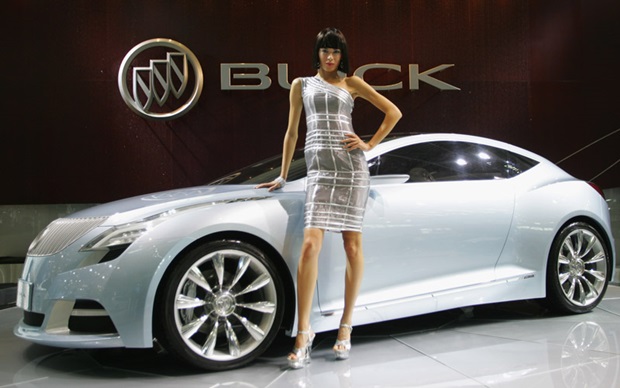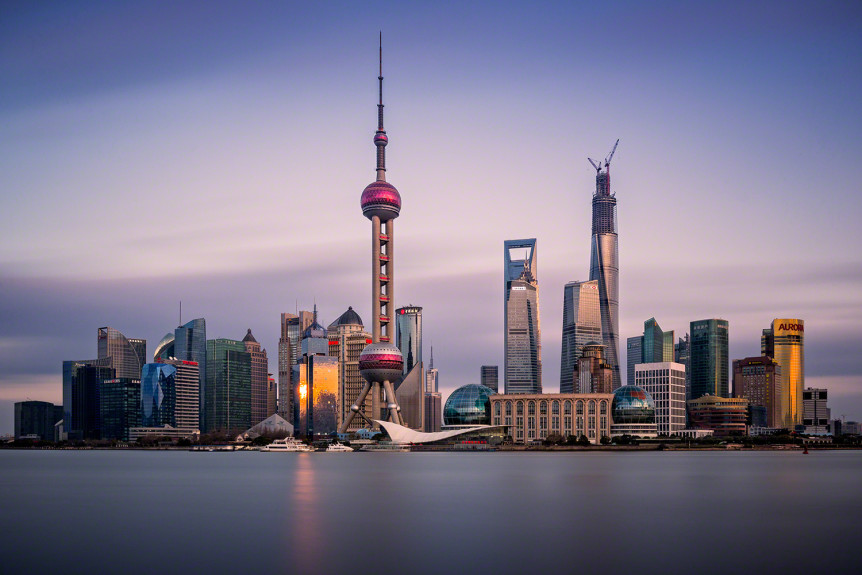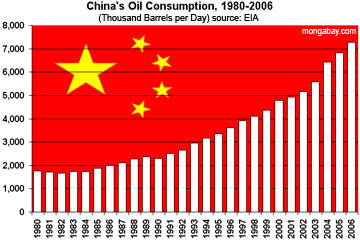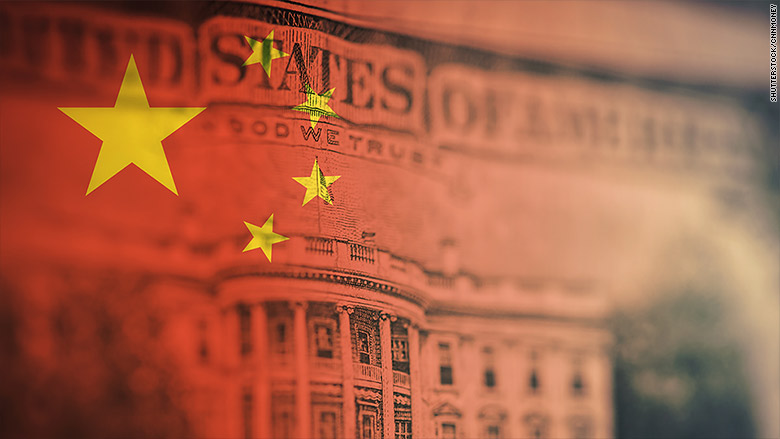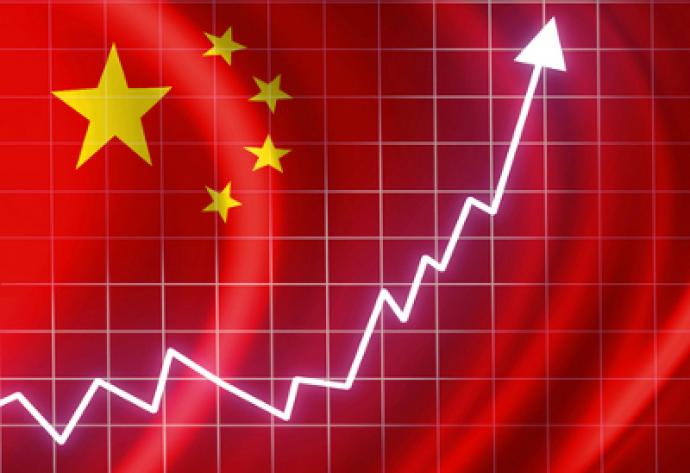Shanghai Disney Resort to open after more than a decade of planning, five years of construction
A $5.5 billion bet that China is ready to embrace one of the most American of corporate symbols will finally come to fruition in June.
Walt Disney Co. on Tuesday said Shanghai Disney Resort, its first theme park in mainland China, will open June 16 after more than a decade of planning. Originally scheduled to debut in 2015, Disney last year delayed the launch to the first half this year.
The opening date, on the tail end of that time frame, reflects not only the significant construction challenges of a 963-acre theme park, hotel and entertainment complex, but the political and cultural barriers of undertaking such a massive project in partnership with a state-owned consortium in a communist country.
The opening will now come amid a slowdown in China’s economic growth, potentially threatening the confidence that leads middle class consumers to take pricey vacations.
It also comes as the entertainment giant’s recent big-screen success has better established its brands in the country. “Star Wars: The Force Awakens” opened last weekend to a healthy $53 million there. In 2015, Disney released a number of box office hits in China including “Avengers: Age of Ultron,” which made $225 million there; “Ant-Man,” which made $103 million; and “Cinderella,” with $68 million.
Chinese and Hollywood companies have been forming partnerships and striking deals at an increasing rate recently, as studios rush to establish their brands in the world’s most populous nation and the Chinese government views entertainment as an important piece of “soft power.” On Monday, Chinese conglomerate Dalian Wanda Group Co. agreed to acquire film production and finance company Legendary Entertainment for a hefty $3.5 billion.
Shanghai Disney remains the largest such deal to date. The park is 57%-owned by a state-backed consortium, Shanghai Shendi, and 43% by Walt Disney Co. Local partners are responsible for construction and the accompanying infrastructure, including a subway extension.
However, the media giant is 70% owner of the joint venture that will operate the park, and its executives are largely overseeing that process. Any problems at Shanghai Disneyland won’t just affect the theme park, but could hurt public perception of all of Walt Disney’s businesses in the country, from film to television to consumer products.
Significant competition is on the horizon. Comcast Corp.’s Universal Parks & Resorts is building a $3.3 billion theme park outside of Beijing that could include rides based on Harry Potter, which have proved very popular at the company’s Orlando, Fla., location.
Theme parks are Disney’s second-largest business behind television. Last fiscal year, revenue for the segment grew 7% to $16.1 billion and operating income rose 14% to $3 billion. However most of that growth has been driven by Disneyland and Walt Disney World in the U.S. International operations in Hong Kong and Paris have recently been a drag on growth.
Disney hasn’t disclosed the capacity of its Shanghai Disneyland theme park, but it is expected to be one of the largest of the company’s six at launch, a person close to the park’s planning said.



